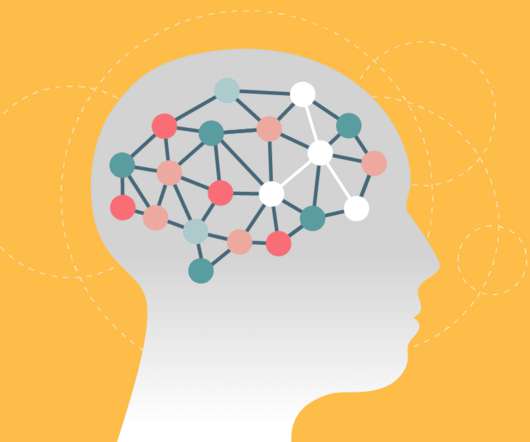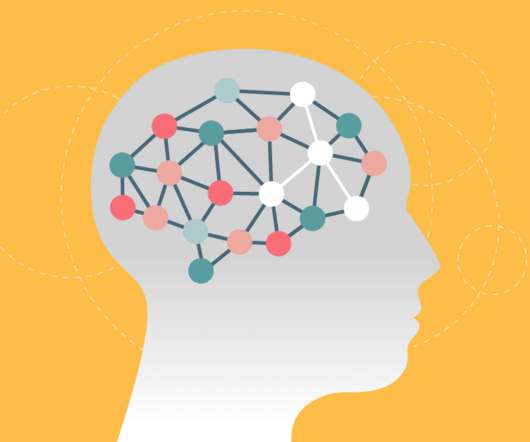Implementing the ARCS Model in Instructional Design
eLearningMind
SEPTEMBER 13, 2023
Of course, Keller’s instructional development model was created for traditional teachers and instructors—those teaching face-to-face with their students. Include examples and case studies that showcase the practical applications of the concepts they’ll learn. But although it’s over 30 years later, the ARCS model still applies.



























Let's personalize your content